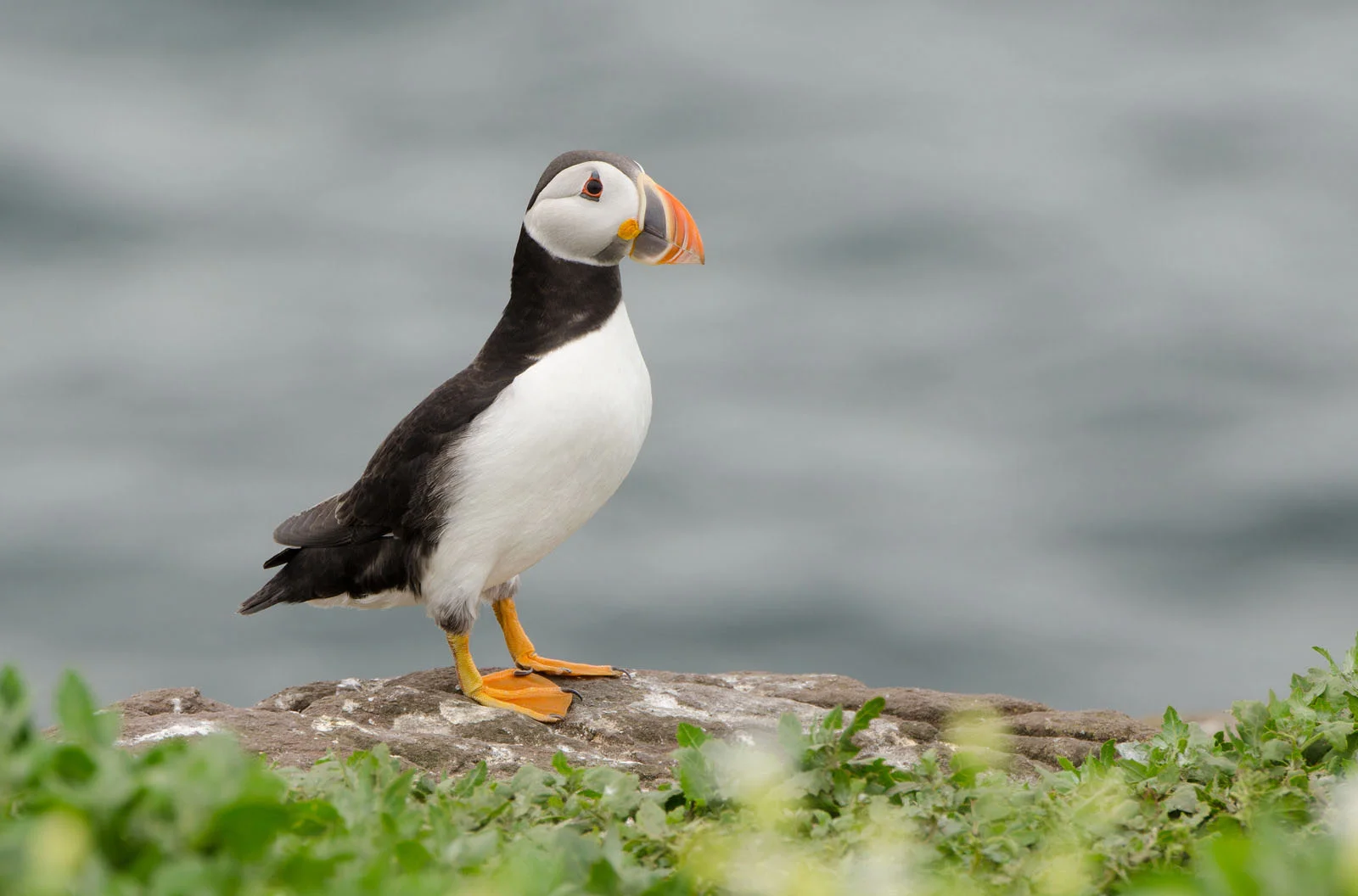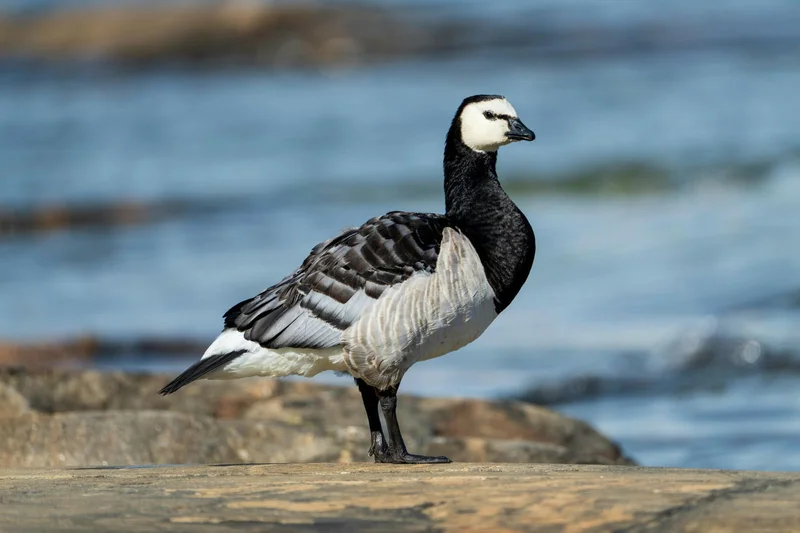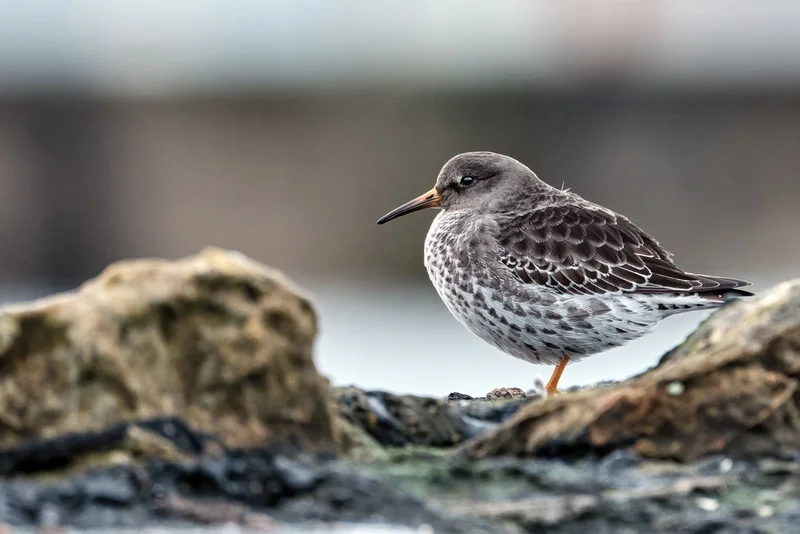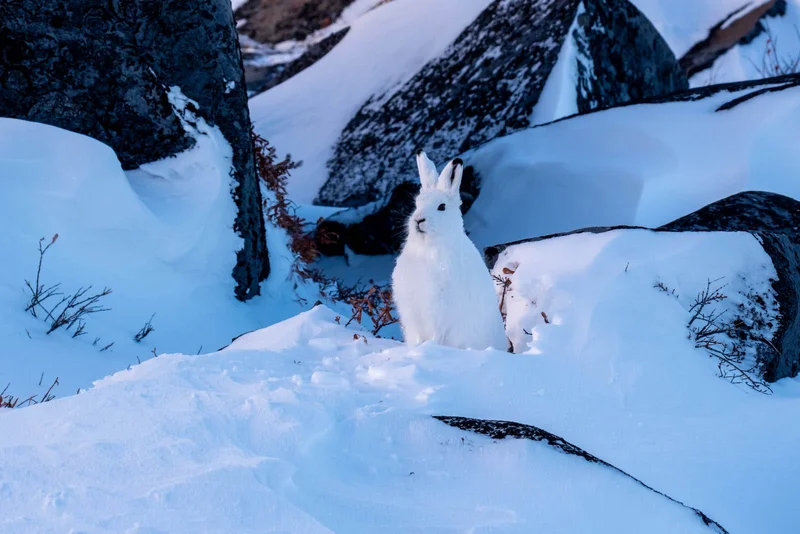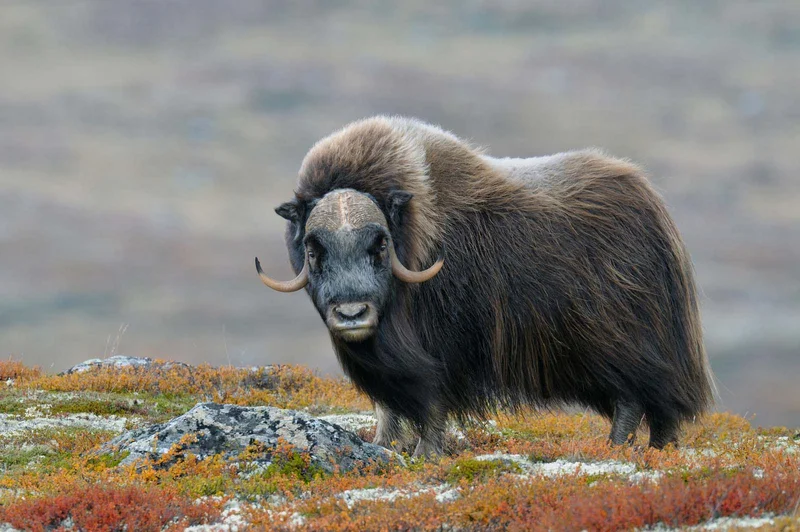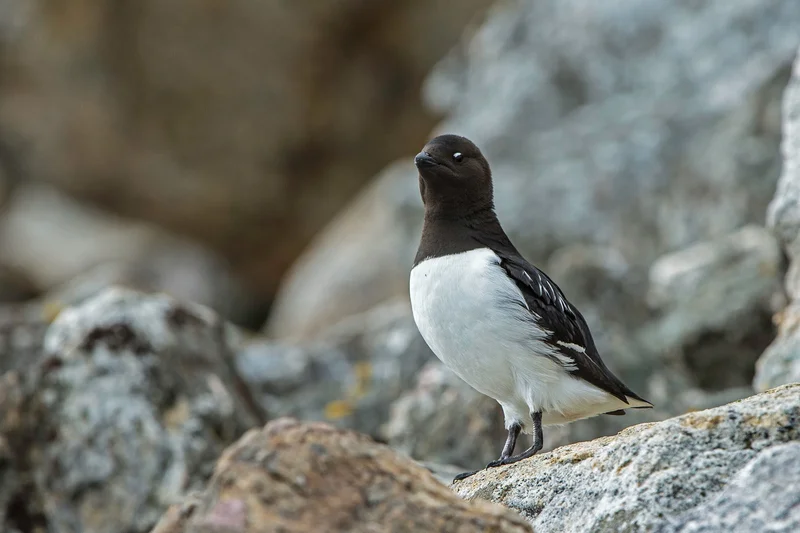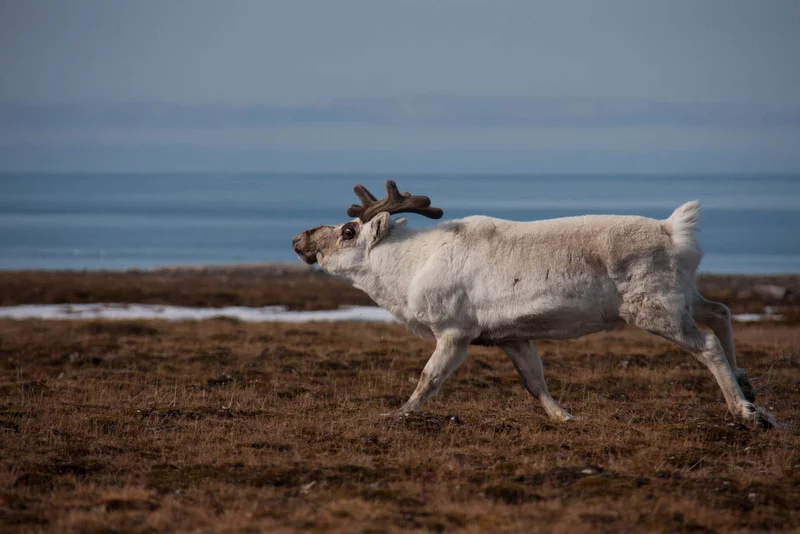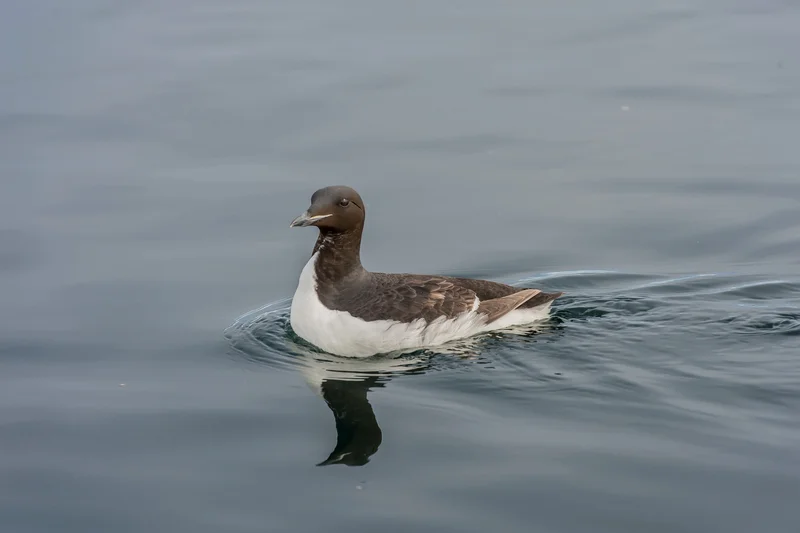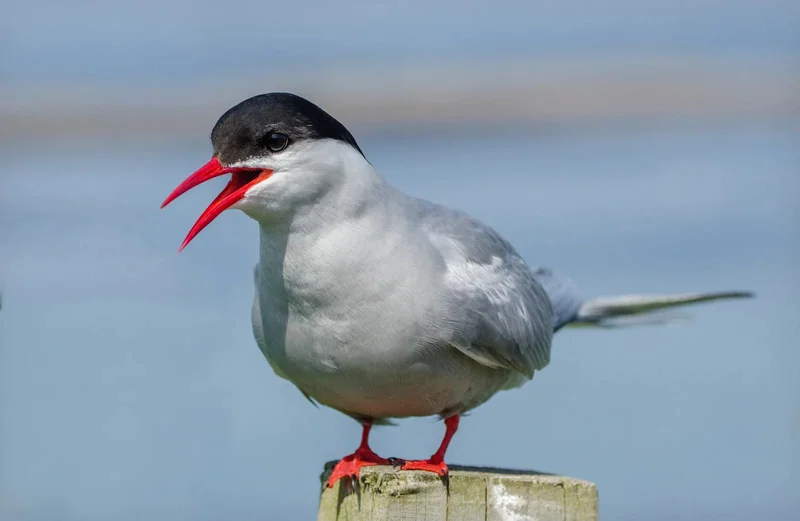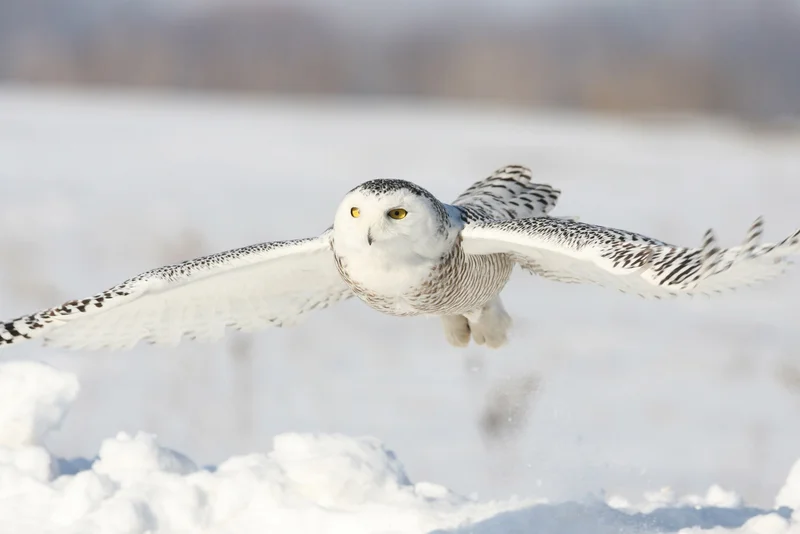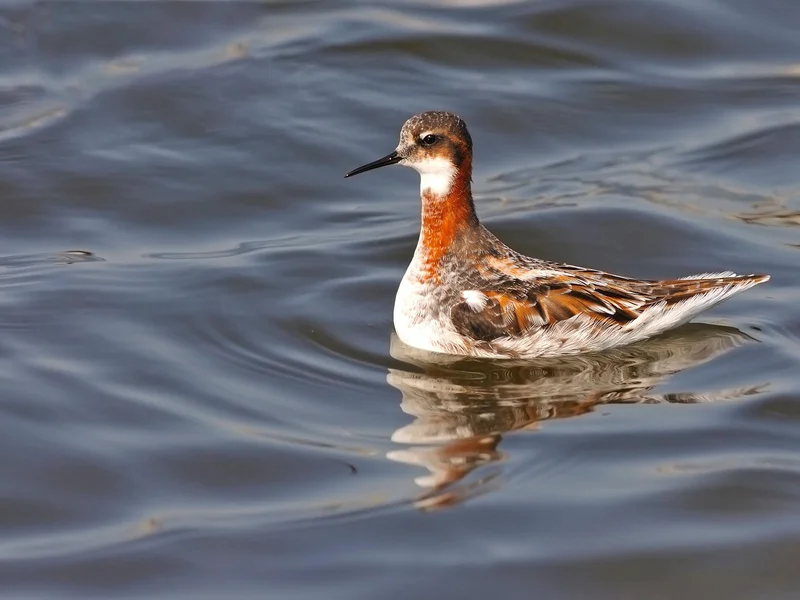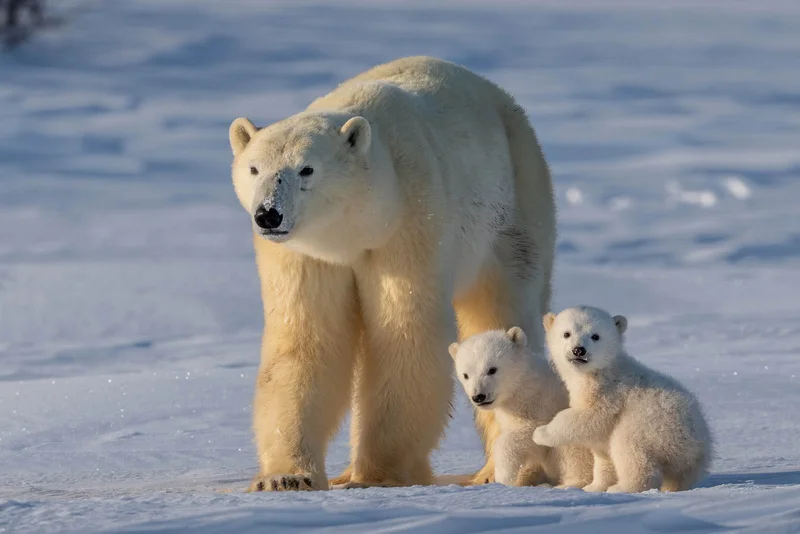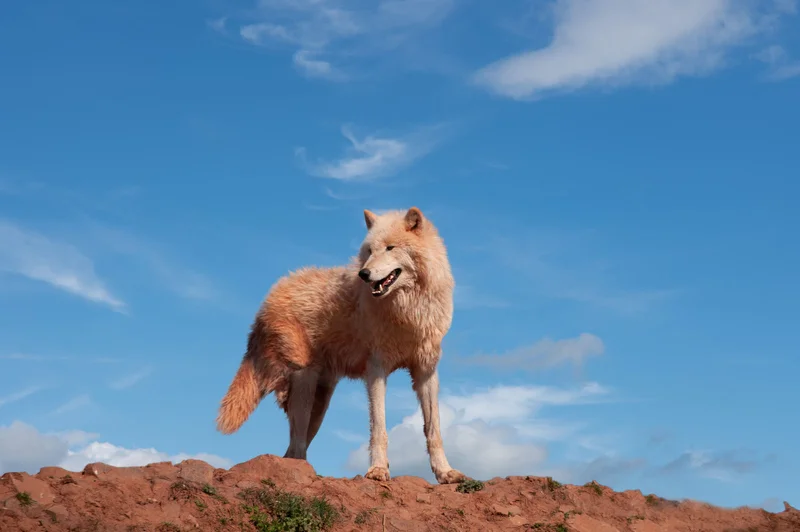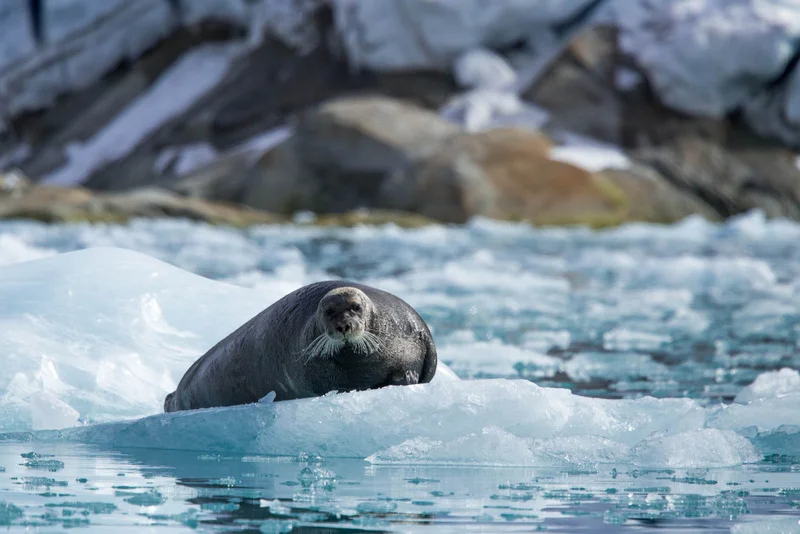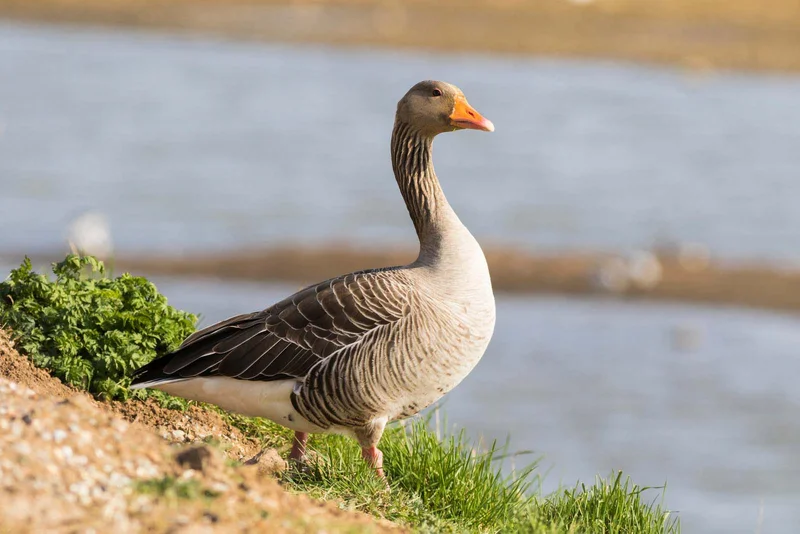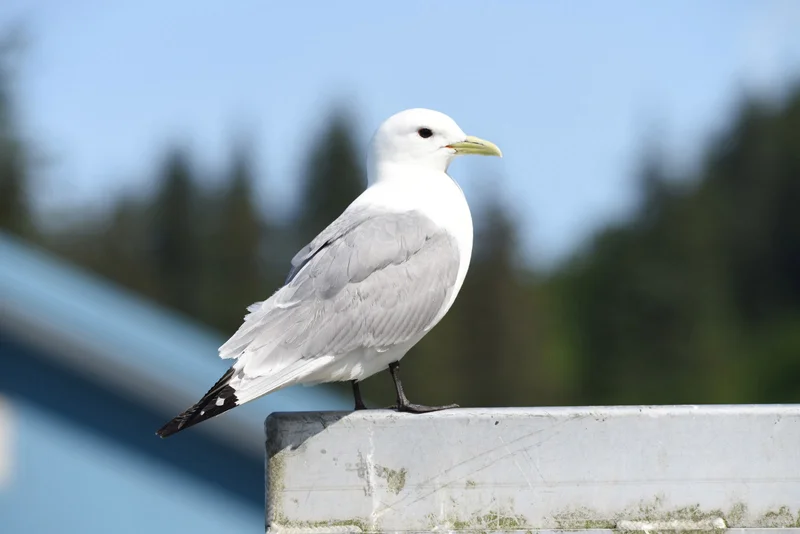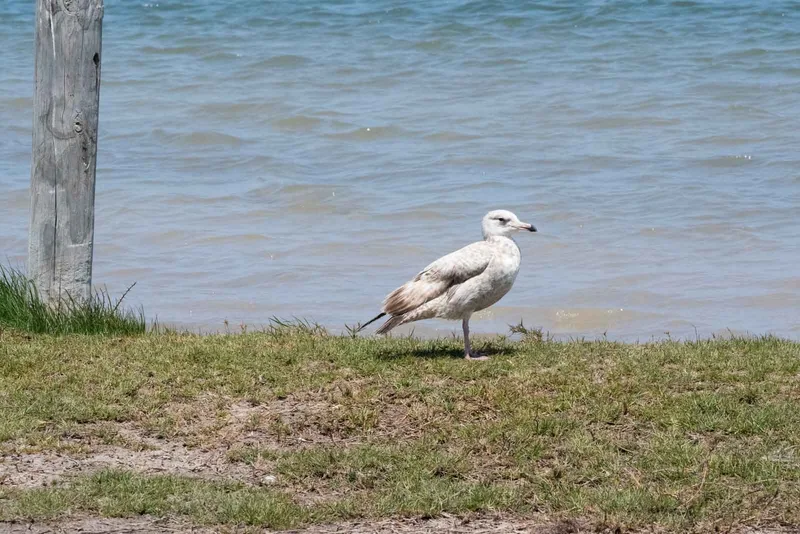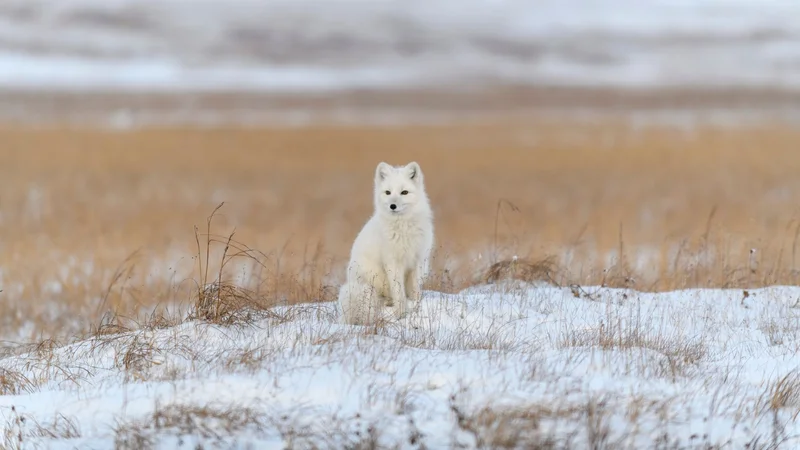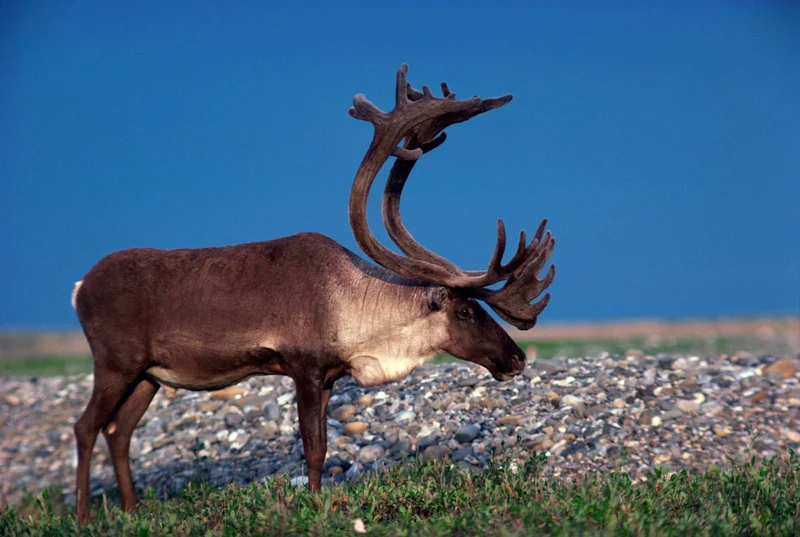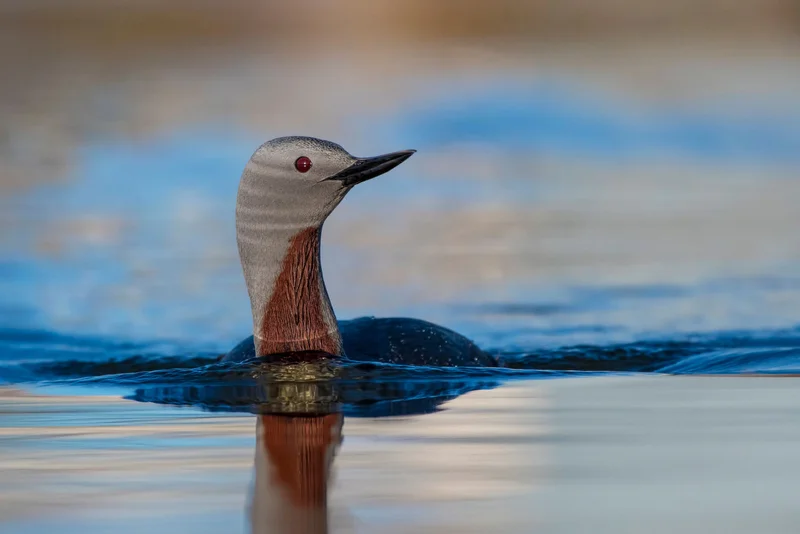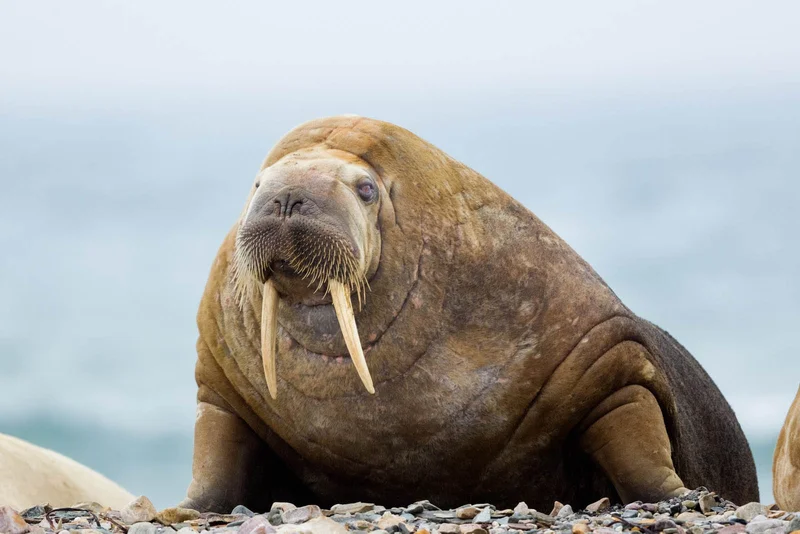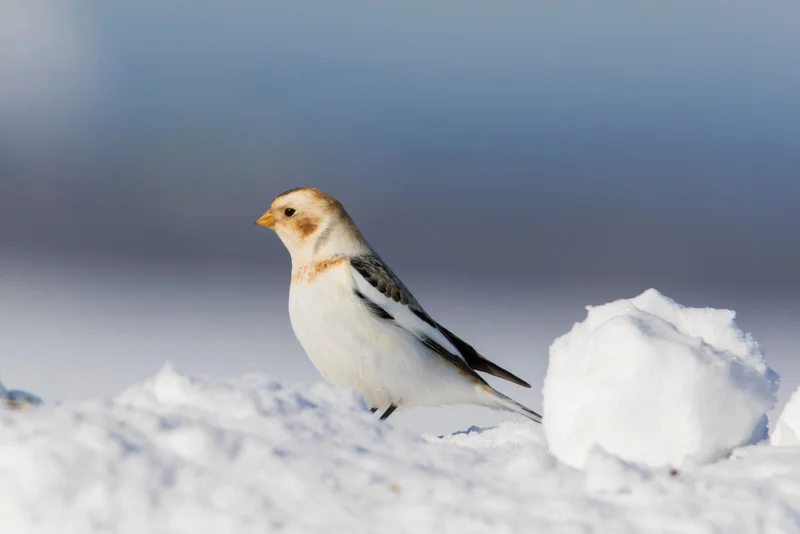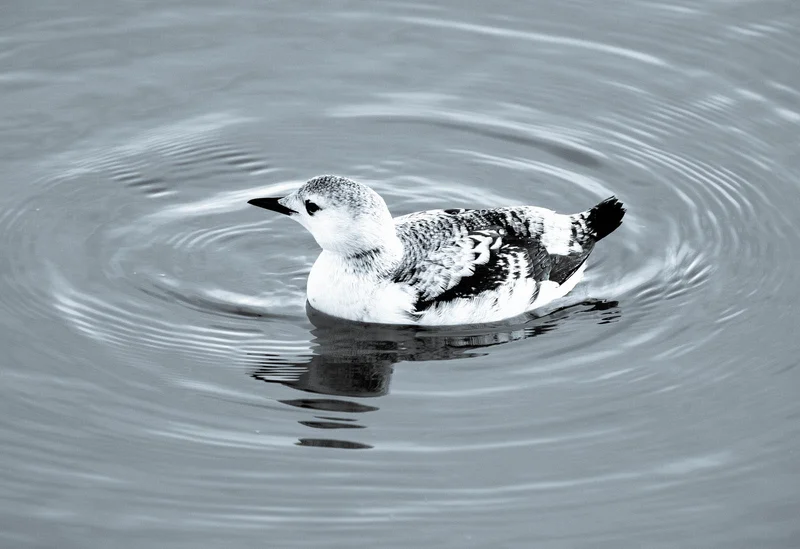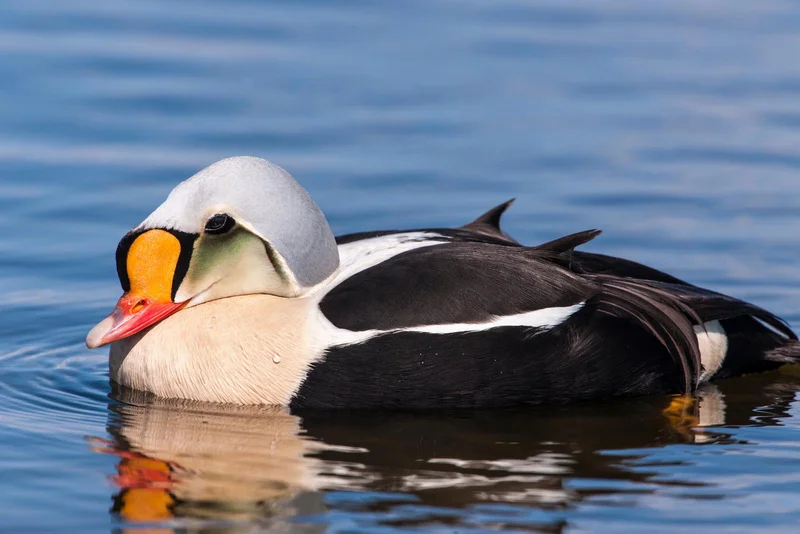Essential Atlantic Puffin Information
The Atlantic Puffin, often referred to as the common puffin, is one of the most recognizable seabirds due to its distinctive, brightly colored bill. This small member of the auk family is especially popular for its striking appearance during the breeding season, when its bill displays bold red-orange and grey hues separated by a yellow band, along with a yellow rosette near the face.
Physical Characteristics and Behavior
Atlantic puffins wear their most vibrant plumage during the breeding season. Afterward, they molt and lose some of their bright facial colors, and their bill appears to darken. Puffins are fast swimmers and skilled divers, capable of holding multiple fish in their bill thanks to its unique structure and backward-facing serrations that prevent prey from slipping.
Habitat and Life Cycle
Outside the breeding season, puffins lead solitary lives, spending most of their time at sea, where they sleep and preen on the ocean’s surface. In spring, puffins return to their birth colonies on coastal cliffs, where they nest in burrows. They are monogamous and strengthen their pair bond by "billing," a gentle rattling of their beaks.
Puffins prefer grassy banks near clifftops for their burrows, which makes takeoff and landing easier. They lay a single egg, and both parents share in the incubation and chick-rearing duties.
Population and Conservation
There are an estimated 11 million adult puffins in the North Atlantic, with over 90% found in northern Europe. Despite their numbers, puffins are currently listed as "vulnerable" due to recent population declines. Factors contributing to this decline include increased predation by gulls and skuas, invasive species like rats and cats on nesting islands, dwindling food supplies, and the effects of climate change.
Interesting Facts
- Impressive Hunters: Puffins can carry several fish at once, with the record being over 60 in a single trip!
- Monogamous Bonds: Puffins "bill" to re-establish pair bonds each breeding season.
- Vulnerable Species: Despite their large numbers, Atlantic puffins face numerous threats, leading to population decline in recent years.
